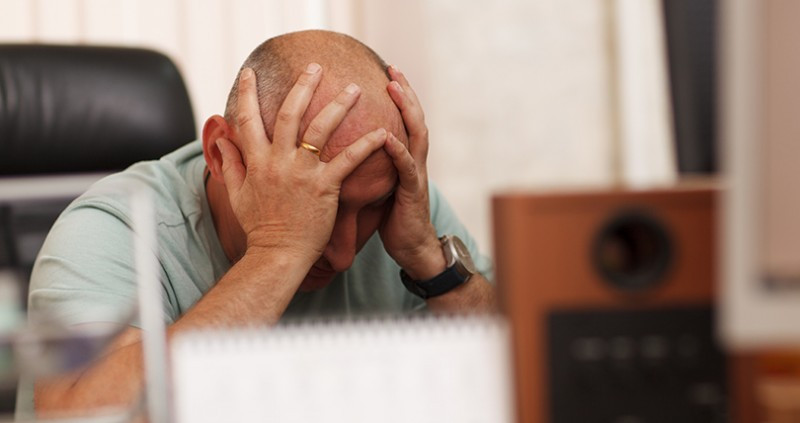For those of us who grow weary after a day or two of rain, the age-old plea of Rain, rain, go away almost always comes true within a matter of, well, another day or two. But for those who suffer with chronic pain, it's going to take a lot more than chants of Pain, pain, go away to make that come true. And if you've ever told someone in pain that you feel their pain, well, that really isn't true either. September is Pain Awareness Month, which actually is a year-round phenomenon for the nearly 100 million Americans who suffer from chronic pain. There are many types of such pain, located in different parts of the body, and in many cases there's not a lot than can be done about it. It's one of the main reasons why we now have an opioid crisis, which is almost impossible for anyone who has never experienced such enduring pain to grasp why this can happen.
Pain Sufferers Have Them All Beat, in Numbers
Let's focus on the pain itself, as well as the sources of chronic pain and what someone so afflicted can do about it short of becoming hooked on opioids. Think about this—the nearly 100 million Americans suffering from chronic pain outnumber those suffering from diabetes, heart disease, and cancer combined, per hopkinsmedicine.org. Three other things to know:- Pain is a sign that you have a problem worthy of attention.
- Pain starts in receptor nerve cells beneath the skin and it involves organs throughout the body.
- A life of pain can be debilitating and turn one's daily life into a seemingly never-ending misery.
Why Do We Feel Chronic Pain (and Where Does It Come From)?
We all feel pain from time to time – perhaps it's a bad headache that goes away after a few hours, or at least by the next day; or the intense pain of a sprained ankle after stepping awkwardly off a high step or twisting your foot in an unseen hole while running; or suffering something minor like a paper cut or stubbed toe. That's not what we're talking about here. We're talking about chronic pain that just . . . doesn't . . . go . . . away, and it affects your everyday life (whether at home, at work, or in bed trying to sleep) as well as your mental health (depression is often a companion to chronic pain). The sensation of pain is generated a series of messages that travel through your nervous system. When you injure yourself or get hurt in some fashion, the injury activates pain sensors in the area of the injury or hurt. That message goes out as an electrical signal that jumps from nerve to nerve until it reaches your brain, which processes that signal and tells you that you are hurt, per webmd.com. In most instances, the pain – the signal – will stop when the source of the pain is resolved. With chronic pain, though, the nerve signals keep firing even after healing has taken place. It becomes the highly annoying radio that can't be turned off or turned down. Per webmd.com, some of the leading causes of chronic pain include:- Injuries or surgeries from the past
- Back issues
- Migraines and other headaches
- Arthritis
- Nerve damage
- Infections
- A condition known as fibromyalgia, which is felt in the form of muscle pain throughout the body.
How to Deal with Chronic Pain
Curing chronic pain is not likely for many sufferers, who are left with a more realistic hope of being able to manage the pain vs. eradicating it. Here are several ways that pain relief has been sought, both through innovative medical treatments and what the sufferer himself or herself can do:- Per hopkinsmedicine.org, the use of Botox has shown promise in providing at least temporary pain relief for those with a debilitating nerve compression disorder known as thoracic outlet syndrome.
- Another promising development is one in which researchers have identified a protein that might be able to turn off the receptors that keep pain hanging around, also per hopkinsmedicine.org.
- After a Marine was severely injured in Afghanistan trying to defuse a bomb that exploded, leaving him with severe injuries in several parts of his body and in a constant state of pain, neurosurgeons opened his spine and burned away some of the scar tissue to help alleviate his pain.
- Per the Washington Post, dedicating oneself to physical therapy can strengthen and stretch the body, including parts affected by chronic pain. This can lead to increased mobility, less pain, and a bolstered mood.
- Also, the Post says, the practice of mindfulness and relaxation through specific techniques, such as biofeedback and positive visualization, can make a positive difference for chronic pain sufferers.

